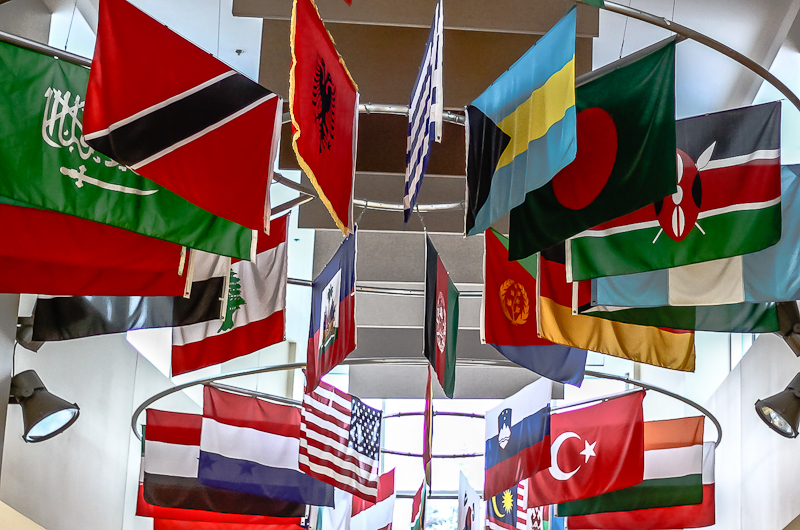
The federal government launched its new International Education Strategy Jan. 15, aiming to promote Canada to international students as a destination for post-secondary education.
The government plans to nearly double the number of international students and researchers in Canada from about 265,000 to 450,000 by 2022, according to a press release.
This would create new job opportunities, generate economic growth across Canada, and provide a $10-billion boost to the Canadian economy.
The strategy will focus its resources on countries like India, China, and Brazil, which “align with Canada’s Global Markets Action Plan,” according to the press release.
“By striking a panel of eminent Canadians to advise us, by working closely with key stakeholders every step of the way, and by developing a plan that will align our efforts with those of our provincial and territorial partners and members of the international education community, we are ensuring that Canada stays ahead of the curve in a global environment that is fiercely competitive,” Minister of International Trade Ed Fast said in the release.
About 10-11 per cent of Carleton students are international, director of Carleton University’s International office Randy Zadra, said.
He said many students decide to study outside their home country, as there is a huge demand for post-secondary education worldwide.
“Around the world, if you go to other countries, higher education is valued,” he said. “If you go to India, China, Brazil, Malaysia . . . all of these countries, especially developing countries, think that the future lies in a highly educated workforce.”
Zadra said many countries don’t have enough post-secondary institutions to accommodate all the students they have. This makes for a win-win scenario for both Canada and other countries.
Students who go back to their home countries contribute to their communities, while Zadra said the ones who stay do the same for Canada.
He said international student recruitment is similar to that for domestic students. This includes university fairs, information sessions and delegations to high schools, as well as email and online chats used to recruit students.
“We do quite a lot of planning to ensure all students are accommodated, regardless of whether they’re domestic or international,” he said.
Robert Campbell, president of Mount Allison University in New Brunswick, said the university would support any initiative by the government to make Canada, and especially New Brunswick, a destination for international students.
He said about 10 per cent of Mount Allison students are international but 11-15 per cent would be an ideal number.
Campbell said individual universities like Mount Allison may be too small to do international recruiting alone.
“We do it, and we do it reasonably successfully,” he said. “But if there was a greater understanding of Canada as a destination place . . . that would increase our success in recruiting students.”
Campbell said in previous years, international students were not always aware of the nature of the town or university they were going to.
“If they’ve got good information and they’ve made a good decision about what school to go to, then there is a greater likelihood that they will be successful and happy at their school,” he said.
Campbell said he doubts the government will double the number of international students by 2022 as planned.
“I think it’s going to be a slow, steady increase,” he said. “It will end up at a number that we hopefully have a capacity to do, that we can afford to do and that we can do well.”





